The Discovery of a Lifetime
For over 2,000 years, an army lay buried beneath the earth, standing in silent formation. In 1974, farmers digging a well in China’s Shaanxi province made an astonishing discovery—thousands of life-sized warriors, each with unique features, frozen in time. What had they stumbled upon? Who created this vast underground army, and what secrets does it hold?
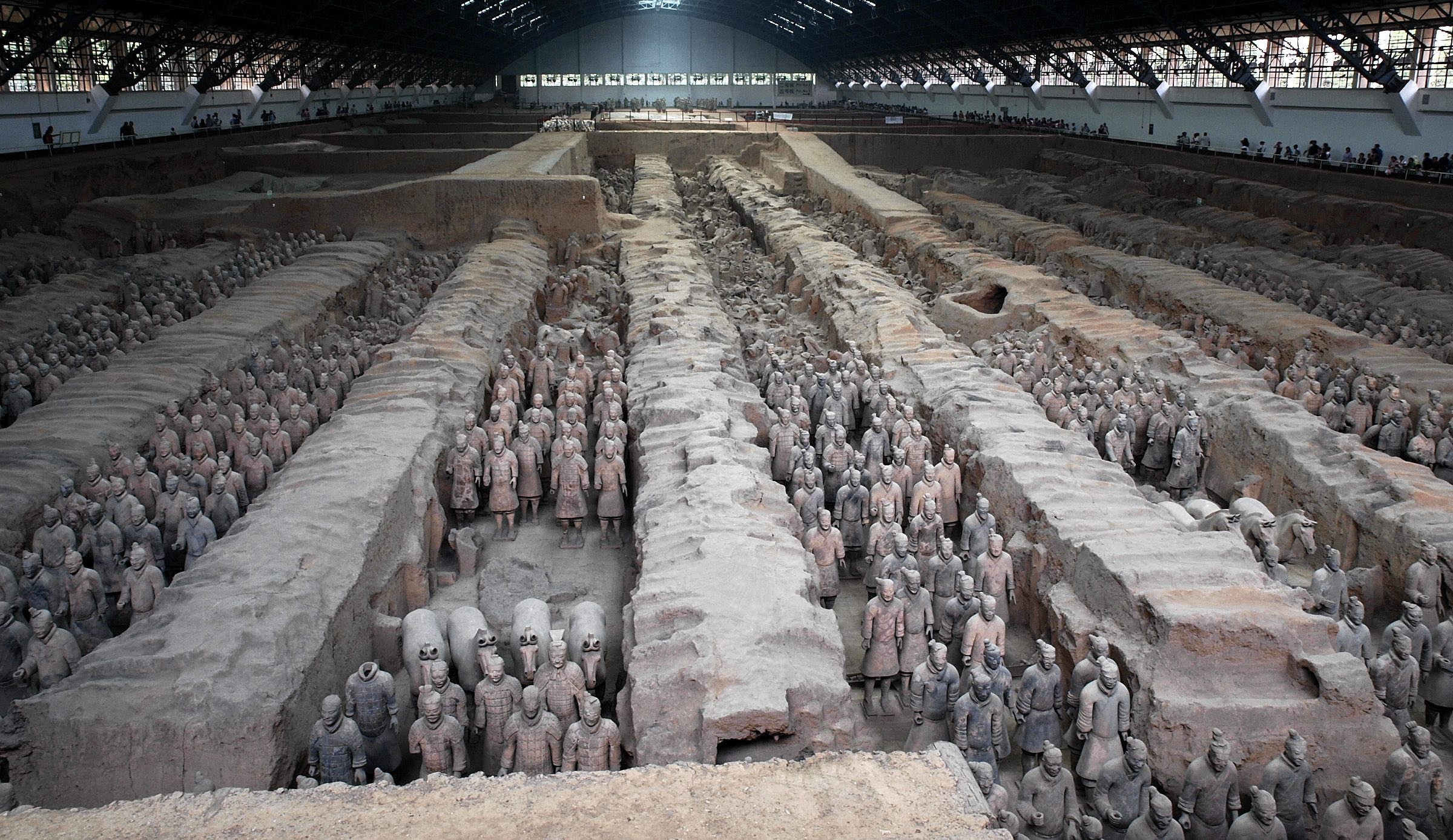
Qin Shi Huang: The Visionary Behind the Army
The First Emperor of China
The Terracotta Army was built to guard the tomb of Qin Shi Huang, the first emperor of a unified China. Born in 259 BCE, he ascended the throne of the Qin state as a child and later conquered rival kingdoms, establishing the Qin Dynasty in 221 BCE. His reign marked a turning point in Chinese history, bringing centralized rule, standardizing weights, measures, and writing, and initiating vast infrastructure projects, including the Great Wall.
The Emperor’s Obsession with Immortality
Despite his accomplishments, Qin Shi Huang was deeply afraid of death. He sent envoys across his empire searching for elixirs of immortality, yet his greatest attempt at securing eternal life lay beneath the earth—a tomb complex designed to mirror his empire, complete with rivers of mercury and an army to protect him in the afterlife.
A Monumental Undertaking
The construction of his mausoleum began early in his reign and involved over 700,000 workers. The Terracotta Army was only one part of this grand project, positioned to stand watch over the emperor’s final resting place. Archaeologists believe that the tomb itself remains largely untouched, potentially housing even greater mysteries.
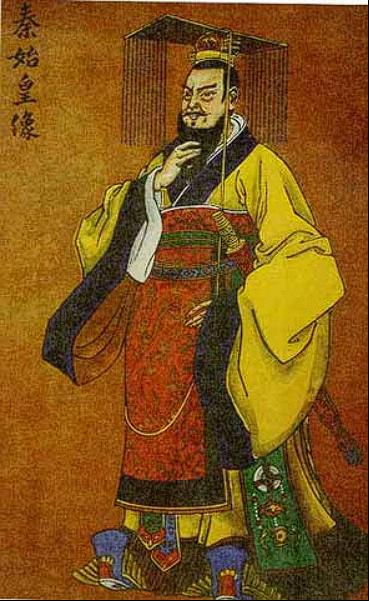
The Secrets of the Terracotta Warriors
Unique and Lifelike Features
One of the most remarkable aspects of the Terracotta Army is that no two warriors look alike. Each figure has distinct facial expressions, hairstyles, and armor. Some experts believe they were modeled after real soldiers of the Qin Dynasty, while others argue they were crafted to represent an idealized army.
A Military Formation Set in Stone
The warriors are arranged in precise military formations, reflecting Qin Shi Huang’s highly organized and disciplined army. Infantry soldiers stand at the front, followed by cavalry and chariots. This strategic layout suggests the emperor sought protection not only in the physical world but also in the spiritual realm.
Traces of Lost Colors
Originally, the Terracotta Warriors were painted in vibrant colors, including reds, blues, and greens. However, exposure to air caused the pigments to fade almost immediately after excavation. Recent advancements in preservation techniques aim to prevent further deterioration and possibly restore some of the statues’ original brilliance.
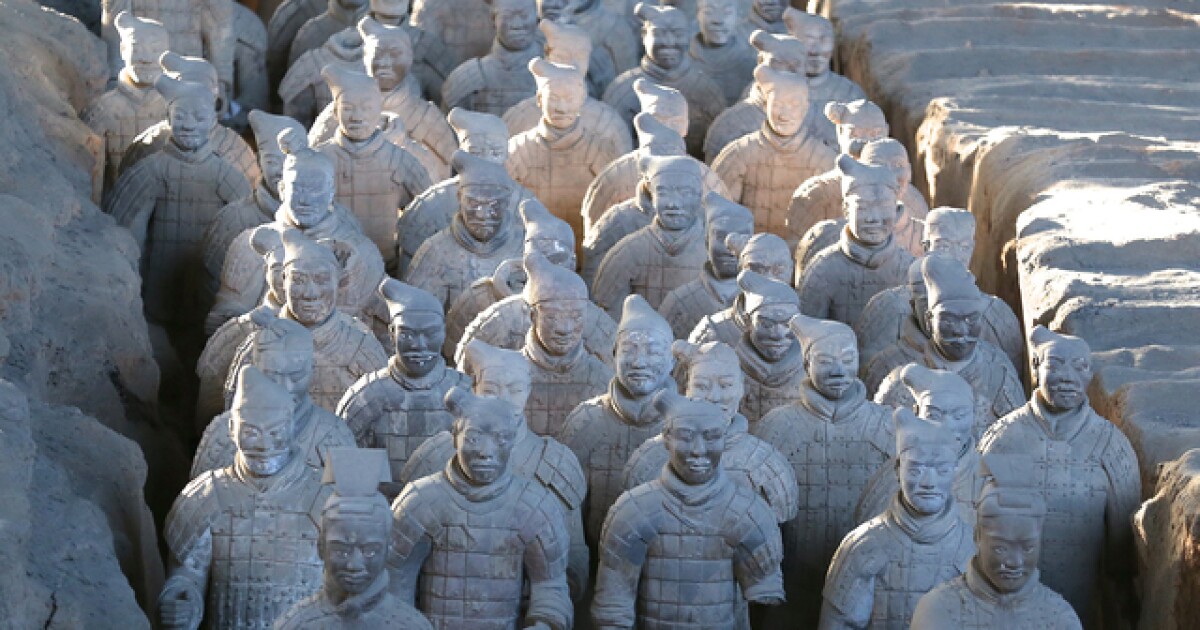
The Unopened Tomb: A Forbidden Chamber
Deadly Traps and Hidden Chambers
Ancient texts describe Qin Shi Huang’s burial chamber as a wondrous yet deadly place. Rivers of liquid mercury were said to flow through the tomb, mimicking real landscapes. Tests on soil samples near the site have shown unusually high mercury levels, suggesting these accounts may hold some truth.
Why Hasn’t the Tomb Been Opened?
Despite modern technology, archaeologists have chosen not to excavate the emperor’s tomb. The reasons include concerns over preservation—just as the warriors’ paint faded upon exposure, the contents of the tomb could be irreparably damaged. Additionally, if the legendary traps exist, opening the chamber could pose significant risks.
What Could Be Inside?
If the burial chamber is eventually explored, it could provide unparalleled insight into ancient Chinese history, revealing artifacts, texts, and structures never before seen. Until then, the mysteries of Qin Shi Huang’s final resting place remain locked beneath the earth.
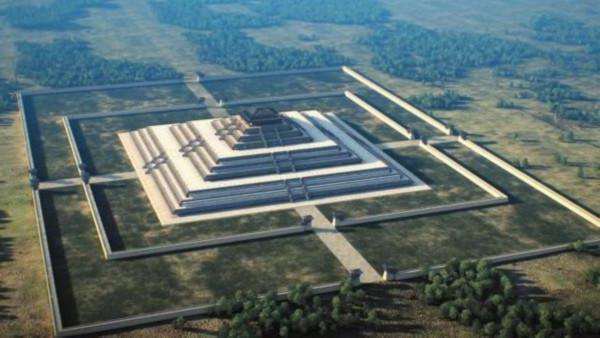
The Enduring Legacy of the Terracotta Army
A Window into Ancient China
The discovery of the Terracotta Army has transformed our understanding of the Qin Dynasty, shedding light on its military strategies, artistic achievements, and burial practices. The warriors serve as a testament to the ambition and vision of China’s first emperor.
A Global Attraction
Today, the site of the Terracotta Army is one of China’s most visited tourist destinations, attracting millions of visitors each year. Museums around the world feature exhibitions of select warriors, allowing people outside China to marvel at this ancient wonder.
What Lies Ahead?
Archaeologists continue to study the site, using new technology to uncover more details about its construction and significance. With advances in excavation methods and preservation techniques, the world may one day learn the full story of Qin Shi Huang’s vast underground kingdom.
What other secrets might be buried beneath the sands of history? Could the greatest discoveries still be waiting beneath the earth, ready to rewrite what we know about the past?
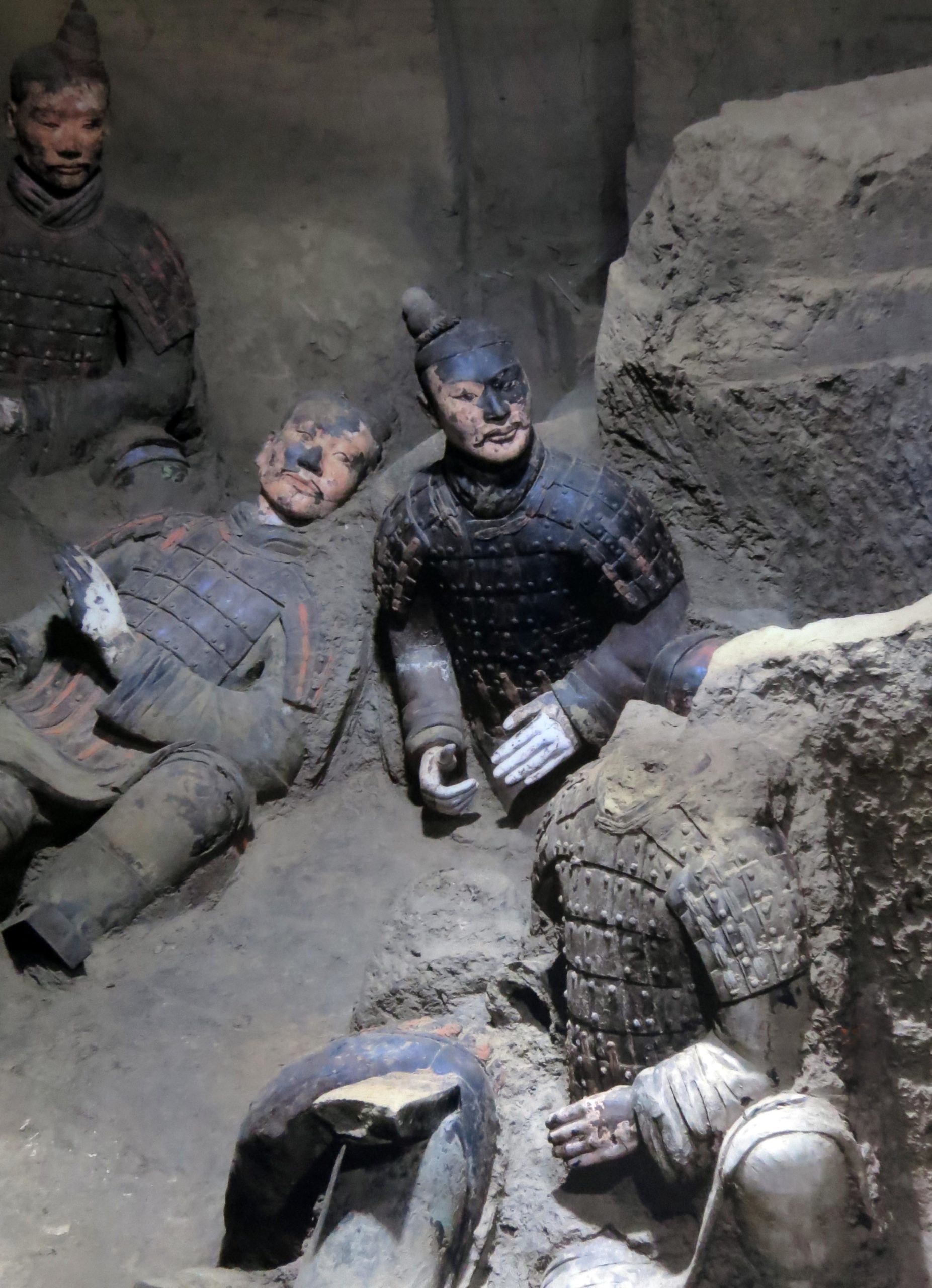

CÁC TIN KHÁC
Mary Walton: The Forgotten Inventor Who Helped Clean Up America’s Cities
Tomb of Queen Nefertari in the Valley of the Queens, Egypt
Discover the Hypostyle Hall of the Temple of Hathor at Dendera
Venus de Losange: Unveiling the Mystery of a 20,000-Year-Old Paleolithic Icon